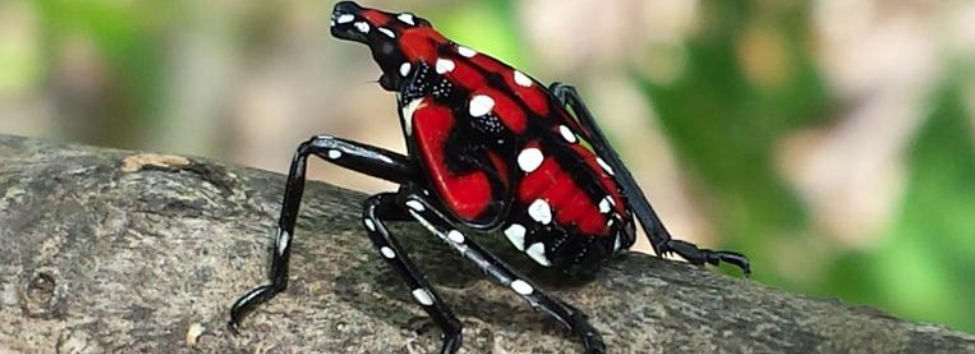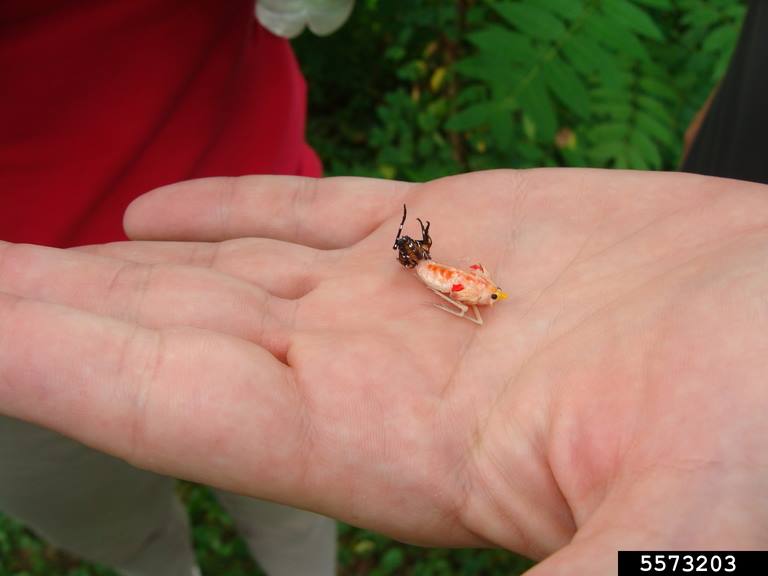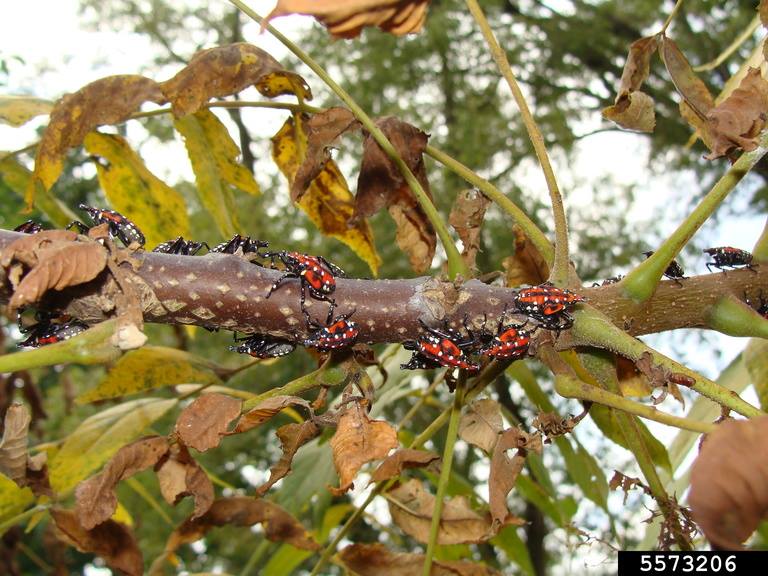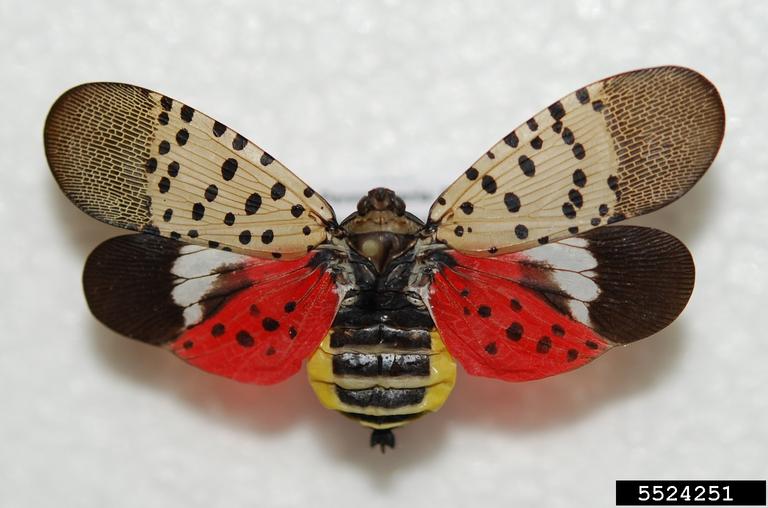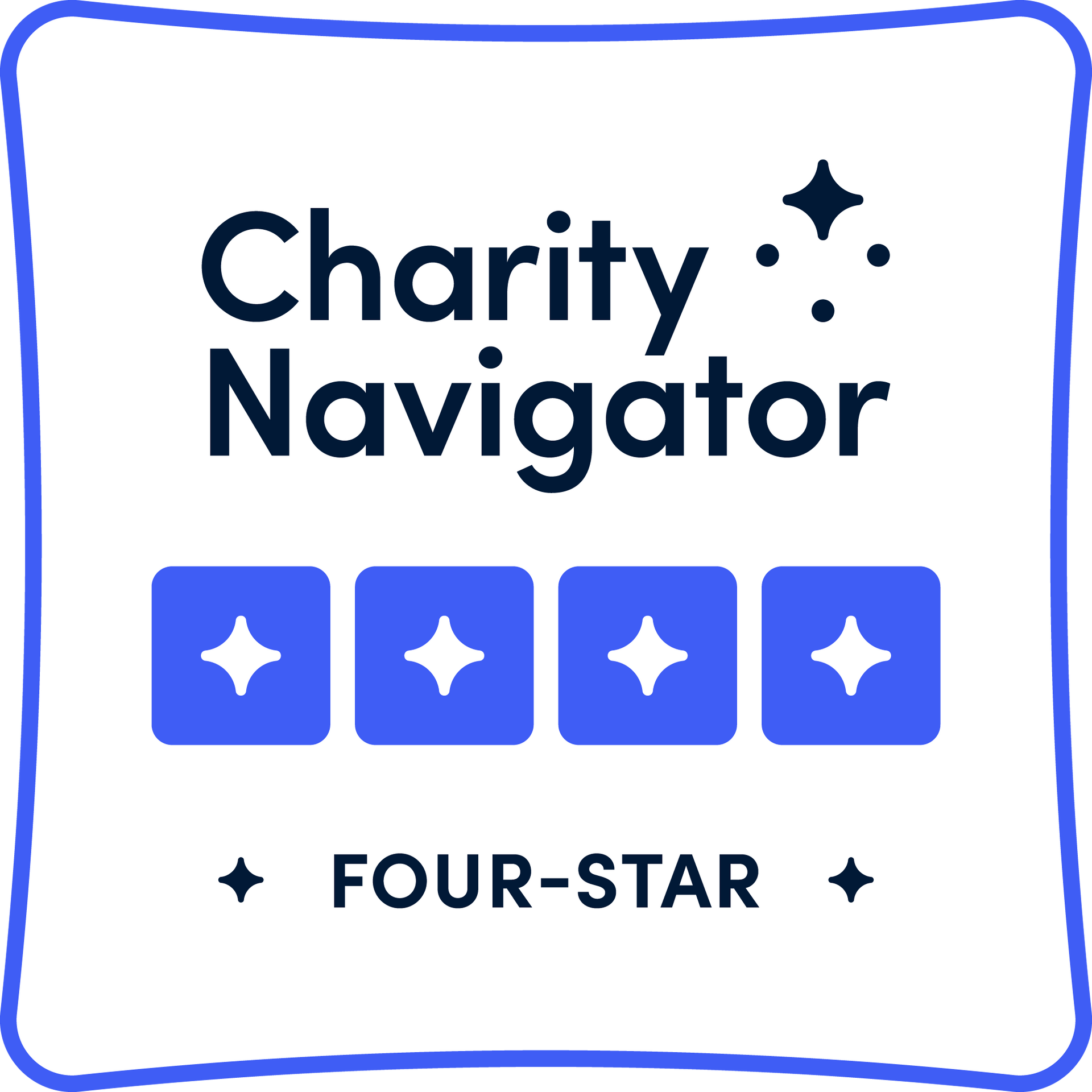Spotted Lanternfly Summit Held
AmericanHort member and HRI supporter Bartlett Tree Experts recently hosted a meeting of environmental horticulture professionals dedicated to spotted lanternfly (SLF) discussions. Professionals including researchers, extension agents, state regulators, and industry practitioners attended. It was a good opportunity to learn and share the latest SLF information.
A major consensus was reached: this is one complicated pest.
Some information is concrete. SLF has established populations in Pennsylvania, Delaware, and Virginia. It has also been reported in New Jersey, New York, Connecticut, Massachusetts, and Maryland.
In Pennsylvania we know there is one generation per year, with hatch occurring May-June and eggs are laid end of September. Four instars, or life stages, are known. Besides seeing the actual insect adults and larvae, excessive honeydew and resulting sooty mold are key signs of an infestation - and homeowner complaints.
Adult emerging from 4th instar case. Eric R. Day, Virginia Polytechnic Institute and State University, Bugwood.org
Over 70 hosts have been listed, and popular ones (to SLF) include tree of heaven, red maple, silver maple, river birch, and black walnut. Then things get sticky; distinct host preferences have been noted by industry and researchers.
Since its discovery in Berks County, PA in 2014, researchers have observed a link to tree of heaven, Ailanthus altissima. Initially, they believed that SLF required tree of heaven to complete its life cycle, which would lead control recommendations to be centered around management strategies of tree of heaven removal and treatment. But as we learn more about this pest, there doesn’t seem to be a silver bullet. Early research indicates that SLF adults live longer when tree of heaven is the host, but it may not be a necessity after all.
Spotted lanternfly nymphs on black walnut. Eric R. Day, Virginia Polytechnic Institute and State University, Bugwood.org
Researchers have been able to rear SLF in the laboratory in the absence of tree of heaven, and landscape managers have witnessed SLF moving to different tree species based on their stage of development. For example, early instars may be found on roses or red twig dogwood, but late instars (fourth instars) are often observed hopping several hundred feet in search of tree of heaven or black walnut. By fall, many adults end up on red or silver maple.
Also unclear is the extent of their mobility. Larvae are wingless and crawl up and down trees as they are feeding and move by hopping to new trees/hosts. Adults, on the other hand, appear to be strong flyers in short bursts, just enough to launch them into an air current to assist movement. In short, researchers are unclear as to how far they can travel on their own.
One thing is certain though, reinfestation following treatment is a significant problem in landscapes. ‘Hot’ trees, or specific trees repeatedly attacked that can also serve as a congregation spot, are common in infested areas.
Spotted lanternfly. Lawrence Barringer, Pennsylvania Department of Agriculture, Bugwood.org
Concern exists over the possibility of multiple generations in southern regions, since egg masses may not require a chill or cold period before they hatch. As SLF continues to spread, we will undoubtedly continue to learn more. Over $10 million was dedicated to SLF research through Farm Bill’s Plant Protection Act Section 7721 this year. Much of it is oriented towards monitoring and surveys, as well as management strategies.
Research geared to improve management guidelines for multiple audiences, including nursery production, landscape management, and home owners, was identified by the group as a priority. Dinotefuran is accepted as an excellent control material for adults, but other systemic products need to be evaluated. Larvae are best controlled using contact insecticides, such as bifenthrin, carbaryl, and cypermethrin. Egg masses may be treated as well; a horticultural oil may reduce egg viability and success.
In 2019, the Horticultural Research Institute (HRI) is funding a project dedicated to exploring SLF affects to environmental horticulture, titled ‘Interactions between spotted lanternfly and woody ornamentals that influence tree health and insect fitness.’ The project is led by Dr. K. Hoover, Pennsylvania State University and is focused on movement of SLF in the landscape and host tree preference by life stage. Information learned will help environmental horticulture protect landscape and nursery investments.
Leveraging both federally-available and industry-raised research funds to better understand and manage emerging pests like SLF and communicating results is precisely how HRI helps the horticultural industry grow faster, perform better, and prepare for the future.
Dr. Jill Calabro
HRI & AmericanHort Science & Research Director
Header photo: Lawrence Barringer, Pennsylvania Department of Agriculture, Bugwood.org
Share This Post






